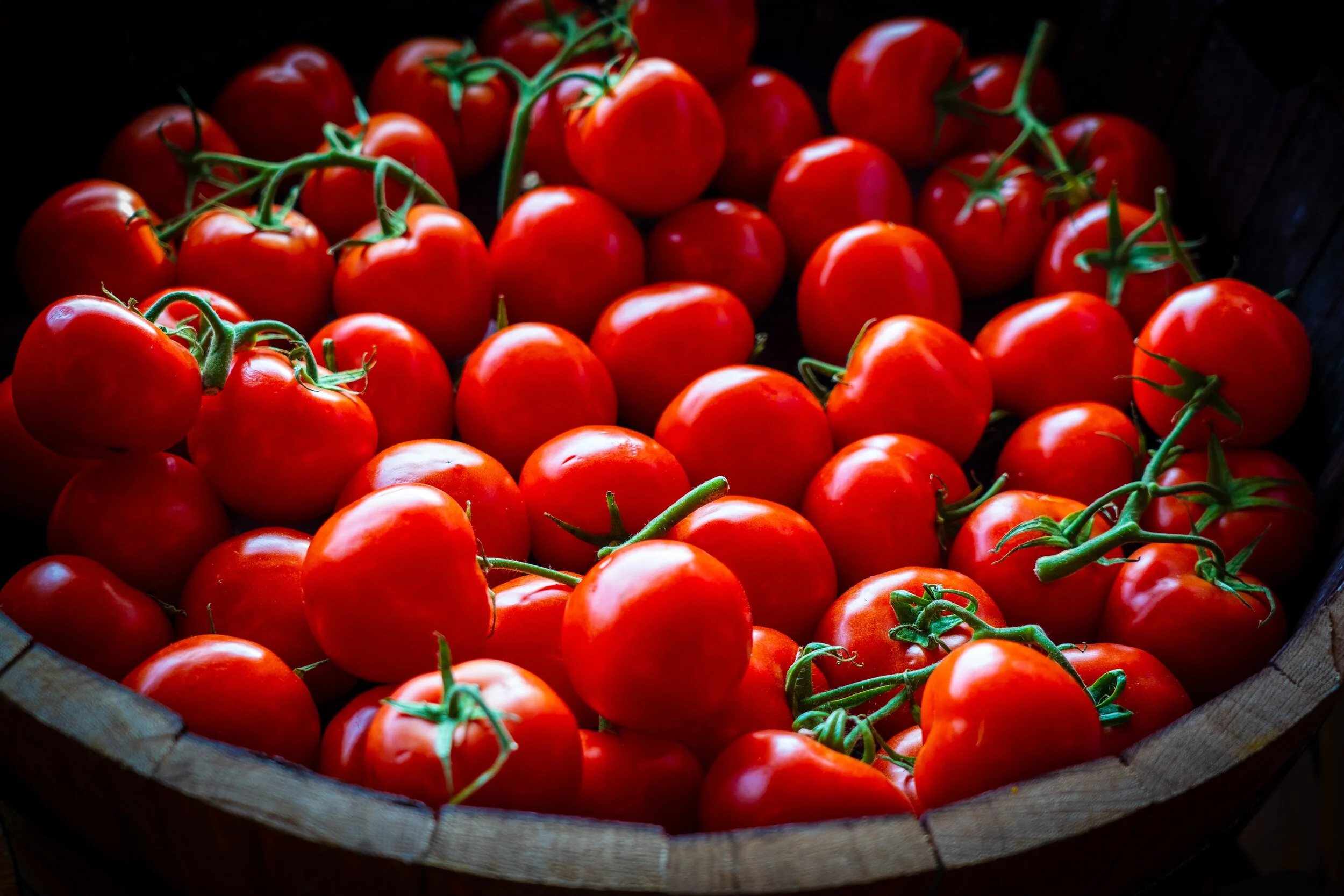Fermented cherry tomato bombs
I grow tomatoes every year. The smell of tomato plants transports me back to childhood trips to the greenhouse with my dad. But I always sow too many tomato seeds.
And too many seeds germinate. Then I can’t bear to throw them away, so I get too many tomato plants (actually, is there such a thing?!) and then, joy of joys, I get LOADS of tomatoes ripening at the same time in one brief, but glorious glut.
Fermenting is a brilliant way of conserving the glut. And fermented cherry tomato bombs really are the bee’s knees. I love doing them with mint and dill, but you can use what you like! This recipe is based on one from the brilliant ferment recipe book The Cultured Club by Dearbhla Reynolds, which I have then played with to suit my tastes and what is in my garden.
Fermented cherry tomato bombs
Ingredients
500g plus of ripe cherry tomatoes
6 garlic cloves thinly sliced
Fresh dill to taste finely chopped
Fresh mint to taste finely chopped
Fennel fronds if you have fennel in the fridge, chop the fronds off and throw them in. I have it growing in the garden, so I pick some of the aniseedy fronds and use them
3 tsp pink peppercorns
3 tbsp sea salt
2 tbsp sugar
1 litre of body temperature filtered water
Equipment
1 litre Kilner jar
Washed in hot water or that has been through the dishwasherJug
Fork
A set of scales
Method
Take the fork and pierce the skin of each tomato (this eases access for the microbes).
Dissolve the sugar and salt into the body temperature water.
Pack all the tomatoes and other ingredients into the kilner. If you have room for a few more tomatoes, pierce their skins and chuck them in.
Pour in the sugary/salty water, leaving a little expansion space at the top.
Weigh down the tomatoes with a weight to keep them submerged under the brine and shut the lid. The weighting part is easier said than done, so I often don’t bother and have never had an moulding issues. You can invert the kilner once or twice every few days to keep the tomatoes at the top drenched in brine. Plus this ferment only runs for a short time, which doesn’t really give a chance for oxygen-loving moulds to take hold.
I recommend putting the kilner on a saucer or a bowl whilst fermenting to catch any juices that are forced out of the kilner by the fermenting process. It saves getting very messy surfaces.
I always label my ferments, listing the date they were made, the ingredients and the date I next need to pay them attention. You don’t think you will forget, but you do.
Leave for 3-4 days at room temperature and then taste. If you are happy (the flavour explosion when you bite into them is really quite something), then transfer to the fridge. And eat at any opportunity. If not, leave to ferment for another day or two and then taste and refrigerate.
Glitches and hitches
If you have any questions or concerns about your ferment, consider signing up for a paid subscription to Substack, where I can answer any queries you have via the chat function.

